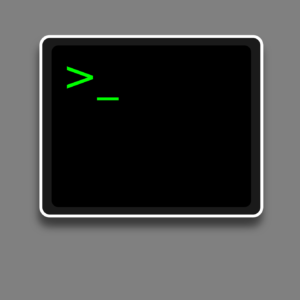As an AI language model, ChatGPT has become an increasingly popular, and it can be a tool for businesses of all sizes looking to streamline their operations, boost productivity, and improve customer satisfaction. With its natural language processing capabilities and vast knowledge base, ChatGPT can be used in a variety of industries, from small businesses to manufacturing, commerce, and services. However, it is important to use ChatGPT effectively to avoid common mistakes and ensure the best results. In this article, we will explore the best practices for using ChatGPT in business and highlight some examples of its successful implementation.
Best Practices for ChatGPT Use
- Define the Scope of ChatGPT
Before implementing ChatGPT, it is essential to define the scope of its use. Identify the tasks that ChatGPT will handle and the types of questions it will be able to answer. By defining the scope of ChatGPT, you can avoid confusion and ensure that it is used effectively.
- Train ChatGPT with Relevant Data
To ensure that ChatGPT can provide accurate and relevant responses, it is important to train it with relevant data. This includes customer support tickets, product descriptions, and FAQs. By providing ChatGPT with a comprehensive knowledge base, it can better understand and respond to customer queries.
- Monitor and Evaluate ChatGPT’s Performance
ChatGPT’s performance should be regularly monitored and evaluated to ensure that it is providing accurate and helpful responses. This can be done by analyzing customer feedback, tracking the number of successful interactions, and measuring response times. Regular evaluation can help identify areas for improvement and ensure that ChatGPT is providing value to customers.
- Customize ChatGPT’s Responses
Customizing ChatGPT’s responses to the specific needs of your business and industry can enhance its effectiveness. By using industry-specific language and terminology, ChatGPT can provide more accurate and relevant responses to customer queries.
- Integrate ChatGPT with Other Systems
Integrating ChatGPT with other systems, such as customer relationship management (CRM) software and ecommerce platforms, can help streamline operations and improve customer satisfaction. By integrating ChatGPT with these systems, it can provide customers with personalized recommendations and support based on their purchase history and preferences.
Examples of ChatGPT Implementation
Small Business: A small business can use ChatGPT to handle customer queries and provide support without the need for a dedicated customer service representative. ChatGPT can provide customers with product recommendations, answer FAQs, and handle order inquiries, freeing up staff time and improving customer satisfaction.
Manufacturing: A manufacturing company can use ChatGPT to provide technical support to customers. ChatGPT can assist customers in troubleshooting issues with products, provide information on product specifications, and handle warranty claims.
Commerce: An ecommerce company can use ChatGPT to provide customers with personalized product recommendations based on their purchase history and preferences. ChatGPT can also handle order inquiries and returns, reducing the workload on customer service representatives.
Services: A services company, such as a healthcare provider, can use ChatGPT to provide patients with information on services, handle appointment scheduling, and provide support for common medical queries.



